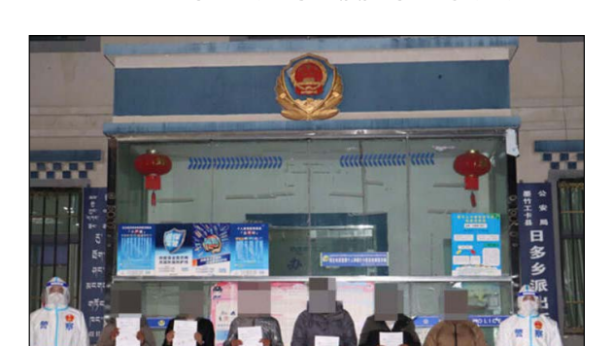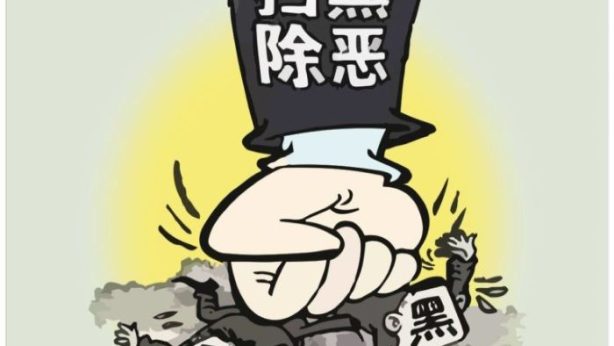2017 Annual Report on Human Rights Situation in Tibet
The Tibetan Centre for Human Rights and Democracy (TCHRD) released today the 2017 Annual Report on Human Rights situation in Tibet at a press conference held at the conference hall of Library of Tibetan Works and Archives (LTWA).
The 2017 Annual Report on the human rights situation in Tibet presents an analysis of major human rights abuses committed by Chinese authorities in 2017 and provides specific recommendations to the government of the People’s Republic of China (PRC) on ending repressive policies and practices in Tibet. Key areas of concern the report highlights are mass surveillance and its repercussions on right to privacy and freedom of expression and opinion; right to freedom of religion and belief; arbitrary detention and torture; and development policy with special focus on poverty alleviation programs.
In 2017, the Chinese government intensified and strengthened the prevailing mass surveillance programs throughout Tibet by sending thousands of cadres and officials to farming and nomadic communities to conduct surveillance measures and political re-education campaigns under the guise of poverty alleviation work. New repressive laws, regulations and policies backed by advanced technology were implemented to preempt and suppress peaceful political dissent and government criticism. Throughout the oppressive surveillance state, Tibetans continued to protest and self-immolate in order to draw attention to crimes against humanity and other human rights violations perpetrated by Chinese authorities in Tibet.
Arbitrary and arrests and detention persisted and torture remained rampant in pre-trial detention where detainees are frequently forced into false confessions. Several cases of torture uncovered this year contribute to the overwhelming testimonial evidence of the inhuman Chinese justice system. The common use of enforced disappearance guarantees full discretion to law enforcement agencies to subject detainees to torture and deny them the right to legal representation and fair trial.
Further restrictions were imposed on the right to freedom of religion and belief with the introduction of the revised Regulations on Religious Affairs. Tightening control over religious institutions indicates that the raft of monastery management measures implemented in the past five years would become a permanent feature. This would further contribute towards the securitization of Tibetan religious and cultural issues resulting in increased religious freedom violations.
The top-down economic development model has had deeply disempowering effects on Tibetans and has led to an artificial growth in Tibetan economy fueled by massive state subsidies and dominance of Chinese migrants in urban centres. The designation of large swathes of Tibetan land as protected areas has resulted in the steady removal and relocation of Tibetan nomads from the most productive pasturelands thus depriving them of their livelihood sources. Tibetans are not involved during the design and implementation of anti-poverty programs and their livelihood interests are not protected or given proper consideration.
To read the full report, Click here


